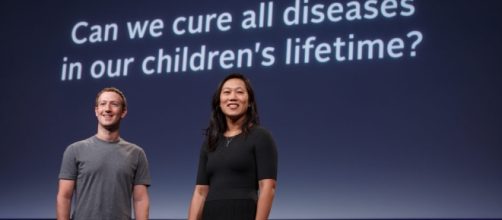According to Cancer Research UK, there were 14.1 million new cases of cancerworldwide in 2012 with 8.2 million resulting in death. UNAIDS stated that there were around 36.7 million people worldwide living with either HIV or AIDS at the end of 2015. In addition, the website www.listverse.comreported that there are 2.7 million deaths per year from malaria. But the question to ask is, can there ever be a cure for such illnesses and in turn create a disease-free world?
progress made
It is important at the outset to state that there have been major breakthroughs.
Throughout the course of the previous century, numerous deadly diseases were cured.
These included chicken pox, measles, polio and typhoid fever, as reported on www.howstuffworks.com. As a result, according to the Mother Nature Network, whereas at the start of the 20th century, worldwide life expectancy was less than 40 years of age; today that figure is around 70.
Furthermore, there has also been significant progress in the fight against AIDS, Tuberculosis (TB) and malaria in recent times as reported by www.unchronicle.un.org. The UN Chronicle was defiant in stating that "the fight against these diseases can be won" and that the diseases are "treatable and preventable". This rhetoric has been exemplified in numerous cases around the world.
In fighting tuberculosis, China's use of the directly observed treatment short-course (DOTS) strategy allowed the country to prevent 30,000 deaths from the disease a year. Thailand has been able to "stem the spread" of AIDS and guarantee "universal access for AIDS treatment for those that need it". Even in the poorest African nations, progress has been made.
The UN Chronicle reported that HIV prevalence rates have declined in several countries such as Kenya and Zimbabwe and in addition nearly 90 percent of TB cases are being treated with the DOTS strategy. There is also the case that further funding is available to research. NBC News reported that total U.S. spending on medical research has doubled in the past decade to almost $95 billion a year.
In addition, from 2007 to 2012 Japan and China increased their spending on medical research by $9 billion and $6.4 billion respectively according to US News.
Problems remain
However, despite this, problems still remain. One reason for this is that there are still major diseases that continue to cause harm and are still without a cure. Twenty-five years since it was first identified, there is still no cure for AIDS, which still remains, as Live Science reported, "among the world's most potent killers".
In addition, with Alzheimers disease, the exact cause is "not understood" and cannot be "effectively treated". Even more recently (since 2013) there has been the outbreak of the Ebola virus disease.
By March 2015, the E-International Relations Students site reported that there had been 24,247 total cases and 9,961 deaths. Related to such a failure to find cures relates to medical funding. As stated in the Guardian newspaper, the UK investment in public-funded research dropped to less than 0.5% of its GDP in 2012. This has also been the case in the United States. In 2007, the US comprised 51 percent of global research, but by 2012 that figure was reduced to 45 percent.
The solution
It is clear that siginificant progress has been made over the years. Many diseases are now treatable and there has been considerable funding given to research and the medical profession are now well equipped now to deal with such problems.
However, the fight against disease must continue. We cannot allow ourselves to become complacent. Further funding must be given. The richer nations must do their part to help those in need around the world. And if we come together, united against disease, great progress will be made in years to come.

